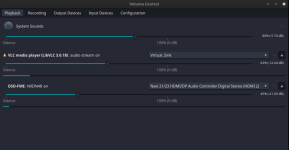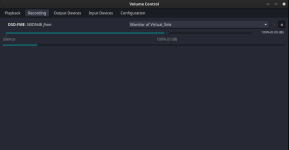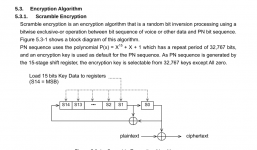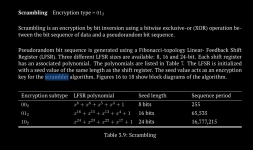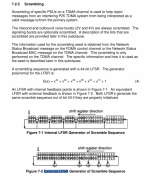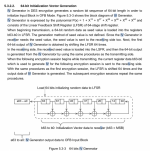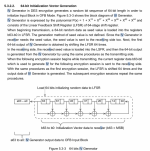lwvmobile
DSD-FME
Okay, I'll try to simplify things here. The -4 option is to enforce the use of a basic privacy key or an NXDN scrambler key when there may be bad signal or any other reason why decoding could fail on the Link Control / VCALL parameters and DSD-FME doesn't know the call is encrypted. It is used as a way to tell DSD-FME to always use a key, whether or not it currently knows if the call is encrypted or not. It always has to be used with a single known key value that you tell it.
For example, if that system you are listening to has a scrambler key of 12345, then you use the command:
and that will force DSD-FME to always apply that key value, and resulting keystream, to every call that comes in, even before it can successfully decode a VCALL from SACCH. Most times, using -4 isn't required, but can be handy in cases of bad/marginal signal, scanning/tuning, or playing back other people's poorly recorded audio samples.
Do not confuse the phrase 'enforce privacy key' for 'brute force privacy key' because it will not, nor will it ever, do that.
For example, if that system you are listening to has a scrambler key of 12345, then you use the command:
dsd-fme -fn -R 12345 -4and that will force DSD-FME to always apply that key value, and resulting keystream, to every call that comes in, even before it can successfully decode a VCALL from SACCH. Most times, using -4 isn't required, but can be handy in cases of bad/marginal signal, scanning/tuning, or playing back other people's poorly recorded audio samples.
Do not confuse the phrase 'enforce privacy key' for 'brute force privacy key' because it will not, nor will it ever, do that.


